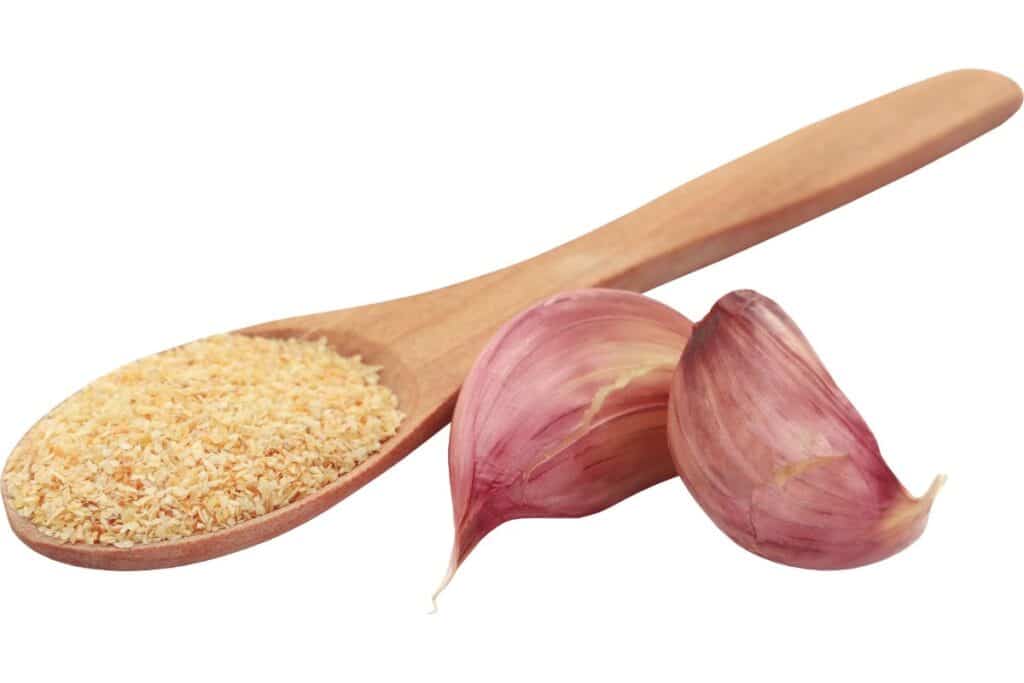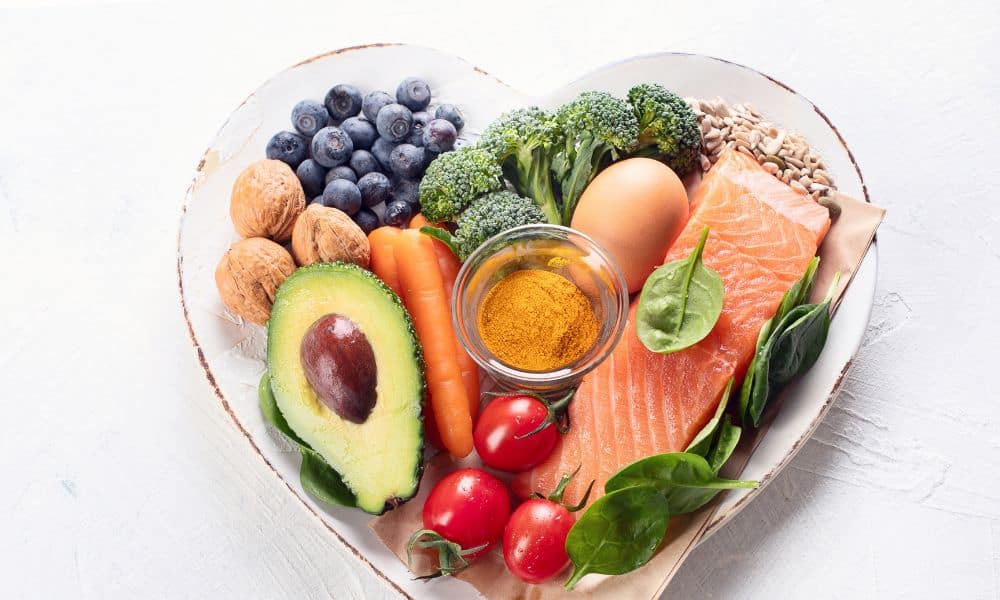As you embark on your fitness journey, nutrition plays a crucial role in achieving your goals. One common decision you’ll face is whether to opt for nutrient-packed powder vs. whole food. In this article, we’ll compare three popular powdered ingredients—chili, onion, and garlic powder vs. their whole food counterparts: chili peppers, onions, and garlic.
We’ll examine the benefits and limitations of both options to help you make informed choices for your fitness and nutrition needs. Let’s begin by exploring the advantages and drawbacks of using powdered forms of these nutrient-rich ingredients.
Powdered Ingredients: Chili, Onion, and Garlic Powder
Benefits of Powdered Ingredients:
- Convenience: Powders are incredibly convenient for seasoning and flavoring dishes without the need for chopping or preparation.
- Long Shelf Life: Powders typically have a longer shelf life compared to fresh ingredients, reducing waste.
- Portability: They are easy to carry and use when you’re on the go or traveling.
Limitations of Powdered Ingredients:
- Loss of Freshness: Powders may lose some of the fresh flavors and aromas present in whole foods.
- Less Nutrient Density: Processing into powder form can lead to a reduction in certain nutrients.
- Additives: Some powdered products may contain additives like preservatives or anti-caking agents.
Now, let’s take a closer look at their whole food counterparts and the benefits they offer.
Whole Foods: Chili Peppers, Onions, and Garlic
Benefits of Whole Foods:
- Nutrient Richness: Whole foods are packed with essential vitamins, minerals, and antioxidants in their natural state.
- Fresh Flavor: They offer robust and authentic flavors that can enhance your dishes.
- Digestive Health: The fiber in whole foods can support healthy digestion and provide a feeling of fullness.
Limitations of Whole Foods:
- Preparation Time: Whole foods often require washing, peeling, and chopping, which can be time-consuming.
- Shorter Shelf Life: They have a shorter shelf life compared to powdered forms, requiring more frequent grocery trips.
- Portability Challenges: Whole foods can be less portable and convenient for on-the-go nutrition.
Now that we’ve discussed the advantages and drawbacks of both options, let’s consider how these choices align with your fitness journey.
Making the Right Choice for Your Fitness Journey
Weight Management:
- Powders: They can help control calorie intake as they are often lower in calories than whole foods.
- Whole Foods: Whole foods provide more fiber and promote a feeling of fullness, aiding in portion control.
Nutrient Density:
- Powders: Whole foods offer a higher nutrient density with more vitamins and minerals.
- Whole Foods: They provide a wider range of nutrients in their natural state.
Flavor Enhancement:
- Powders: They offer convenience in seasoning and flavoring dishes.
- Whole Foods: Whole foods provide fresher, more robust flavors.
In conclusion, your choice between powdered ingredients and whole foods ultimately depends on your specific fitness goals, lifestyle, and preferences.
Conclusion
When it comes to your fitness journey, making informed choices about the forms of nutrients you consume is vital. Whether you opt for powdered ingredients like chili, onion, and garlic powder vs. their whole food counterparts, consider the convenience, nutrient density, and flavor enhancement each option offers.
Striking a balance between the two can be an effective strategy to meet your fitness and nutrition goals while enjoying a variety of flavorful and nutritious meals. Ultimately, the choice is yours, and it should align with your unique fitness and dietary needs.
If you or someone you know is looking to improve your health, share this article on Facebook or Twitter so that others can learn more about self-care.




